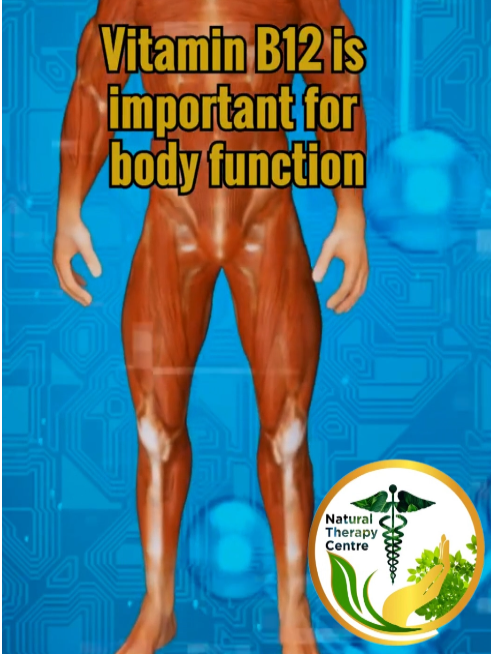Unlocking the power of B12: fueling my body, mind, and spirit.
In the quest for optimal health and well-being, we often overlook the significance of certain nutrients that play crucial roles in supporting various bodily functions. Among these, vitamin B12 stands out as a powerhouse nutrient, essential for maintaining overall vitality and vitality. From fueling our bodies with energy to nourishing our minds and uplifting our spirits, the benefits of B12 are manifold and profound. In this blog, we’ll delve into the remarkable impact of vitamin B12 on our physical, mental, and emotional health, and explore how unlocking its power can lead to a more vibrant and fulfilling life.
Vitamin B12, also known as cobalamin, is a water-soluble vitamin that plays a fundamental role in the production of red blood cells, DNA synthesis, and nerve function. One of its primary functions is to convert carbohydrates into glucose, providing the body with a steady source of energy. As such, adequate B12 intake is essential for combating fatigue and maintaining optimal energy levels throughout the day. Whether you’re hitting the gym, pursuing your passions, or simply navigating the demands of daily life, B12 serves as a vital fuel that keeps your body running smoothly and efficiently.
Moreover, vitamin B12 plays a critical role in supporting a healthy metabolism, aiding in the breakdown of fats and proteins for energy production. By optimizing metabolic processes, B12 helps regulate body weight and promote overall metabolic health. Additionally, B12 is essential for the maintenance of healthy skin, hair, and nails, contributing to a radiant outward appearance that reflects inner vitality.
Nourishing the Mind:
Beyond its physical benefits, vitamin B12 exerts a profound influence on cognitive function and mental well-being. Adequate B12 levels are essential for maintaining healthy brain function, including memory, concentration, and mood regulation. Research suggests that B12 deficiency may contribute to cognitive decline and an increased risk of neurodegenerative disorders such as Alzheimer’s disease.
Furthermore, B12 plays a crucial role in the synthesis of neurotransmitters such as serotonin and dopamine, which are involved in regulating mood and emotions. By supporting neurotransmitter production, B12 helps promote a positive outlook, reduce stress, and enhance overall emotional resilience. Incorporating B12-rich foods or supplements into your diet can thus contribute to mental clarity, emotional balance, and a heightened sense of well-being.
In addition to its physical and mental benefits, vitamin B12 is also believed to have a positive impact on spiritual health and vitality. Many holistic healing traditions recognize the connection between nutritional balance and spiritual well-being, viewing the body as a temple that must be nourished and cared for to facilitate spiritual growth and enlightenment.
From a spiritual perspective, maintaining optimal B12 levels can help support the body’s energy centers, or chakras, fostering a sense of balance, harmony, and vitality. Some practitioners believe that B12 deficiency may disrupt the flow of life force energy, leading to feelings of lethargy, apathy, or disconnection from one’s inner essence. By replenishing B12 levels through dietary sources or supplementation, individuals may experience a renewed sense of vitality, clarity, and spiritual awareness.
In conclusion, vitamin B12 is a remarkable nutrient that holds the key to unlocking the full potential of our body, mind, and spirit. From fueling our bodies with energy to nourishing our minds and uplifting our spirits, B12 plays a multifaceted role in supporting overall health and vitality. By ensuring adequate intake of B12-rich foods or supplements, we can harness its power to enhance physical energy, cognitive function, emotional well-being, and spiritual vitality. So let us embrace the power of B12 and embark on a journey towards greater health, happiness, and holistic wellness.






